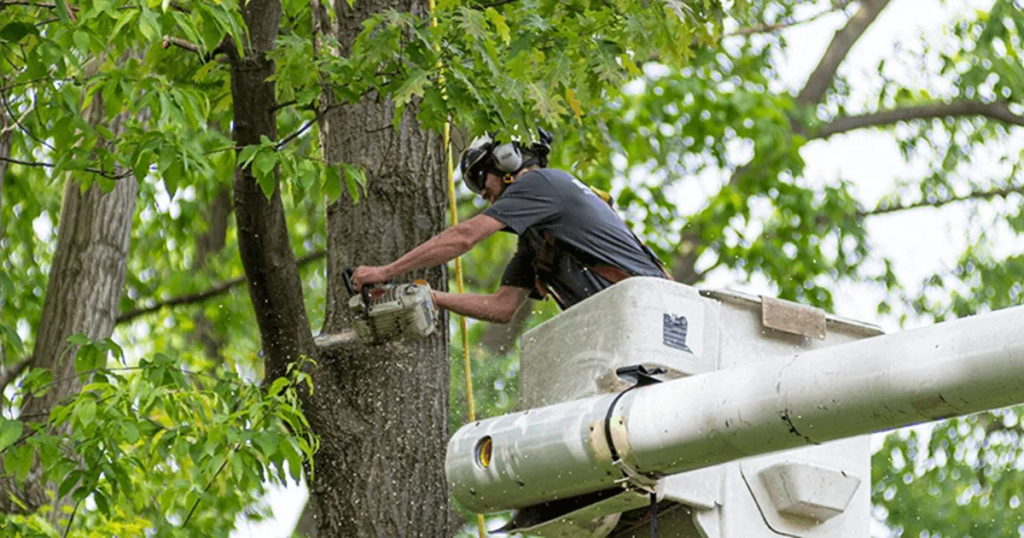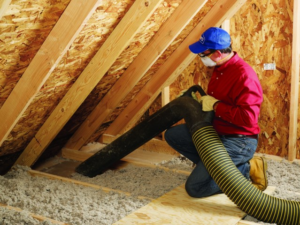There are many stories in the towing industry, including exorbitant fees, vehicles towed away with children inside, and more.
But the thriving towing industry didn’t spring up overnight. It all started when Ernest Holmes created a tow truck in 1916. Read the original patent here. Contact Towing Company Phoenix now!

When vehicles break down or get stuck on the road, towing services help them get where they need to go. They use specialized trucks to lift and transport cars, trucks, motorcycles, and sometimes even larger vehicles like buses and RVs. Their primary duties include emergency towing and accident recovery, but they also offer roadside assistance, such as jump-starts or tire changes. They also provide vehicle impounding, which is when they store vehicles that are illegally parked or involved in accidents.
Towing companies rely on quick responses when dealing with roadside emergencies and collisions. They are trained to manage accident scenes, ensuring safety for drivers and pedestrians while clearing debris and managing traffic. This boosts roadway efficiency, reduces congestion, and ensures that emergency responders can access injured individuals quickly.
In addition, a speedy towing response improves the economic impact of roadside incidents. Every minute a lane is blocked due to a stranded vehicle means lost productivity for businesses. Efficient towing services minimize these disruptions and allow companies to return to their normal operations.
The towing process starts with a call to a dispatch center, which then connects you with an available tow truck driver. When you call, be prepared to give clear and concise instructions regarding your location and the nature of the incident. Share details such as the make and model of your car, a precise description of the problem, and nearby landmarks to improve the dispatcher’s ability to find you. Be sure to answer any follow-up questions the dispatcher may have to further clarify your situation.
The towing process can be a stressful experience, especially in a busy city like Phoenix, where congestion and traffic conditions are hectic. During these situations, it’s important to stay calm and follow any safety protocols recommended by your roadside assistance provider or law enforcement officials. Take deep breaths, assess your surroundings, and move to a safe location away from traffic if possible. In addition, it’s a good idea to activate your hazard lights and set up reflective triangles or flares. This will alert other drivers to your presence and help them steer clear of your stranded vehicle.
Roadside Assistance
When your vehicle stops running, you can call an emergency towing service or use the roadside assistance services included in your car insurance policy. Which one is best for you depends on how and where you drive and your mechanical abilities. Some people like the security of knowing roadside assistance is just one phone call away, and others prefer to wing it and hope for the best.
Most roadside assistance plans offer a range of services, from changing flat tires to jump-starting cars with discharged batteries and getting vehicles unlocked when drivers forget their keys. Some companies will also provide a ride to and from the nearest mechanic or home if a problem can’t be fixed on the spot. And with a smartphone, you can check how close the nearest roadside assistance truck is via an app and text it your location so a dispatcher can send the closest truck directly to you.
One reason some people choose to use roadside assistance is because of how expensive it can be to hire an independent tow company, which typically charges for each service and may not come as quickly. A roadside assistance provider can save you money by providing multiple services for a single price, such as fuel delivery, battery jump-starts and roadside tire changes. In addition, most roadside assistance providers take safety precautions when working on your car to ensure you and them are both safe.
While there are many good reasons to get a roadside assistance plan, some people don’t want to pay for it every year if they never need the perks. In that case, it’s a good idea to keep the phone number for your roadside assistance plan in your glove box or somewhere else easy to find and to practice some basic DIY skills, such as changing a flat tire.
HONK offers New York roadside assistance services that include flat tire change, fuel delivery, jump-starts and other common roadside needs, all for a single price quoted upfront. We also provide a guaranteed not to exceed quote, so there’s no risk of unexpected extra charges or hidden fees.
Safety
When a vehicle needs to be towed, it’s crucial that drivers follow safe driving practices and towing safety regulations. This protects the safety of the tow truck operator, other road users, and the towed car or trailer. Towing requires precise attention to details, such as checking that the load is securely attached and observing weight distribution to avoid sway. It also requires adjusting driving techniques, such as leaving more space between you and the car in front of you and slowing down when changing lanes.
Towing safety also involves adhering to specific protocols, including ensuring that the towed vehicle is within its gross vehicle weight rating (GVWR) and that the towing trailer has an equal or lower tongue weight than the vehicle being pulled. It’s important to be aware that a vehicle’s towing capacity can change depending on modifications like wheels and tires, so it’s best to consult the owner’s manual for the most accurate information.
Drivers should also be careful not to overload a trailer, which can result in dangerous and costly accidents. The GVWR is the maximum amount of weight that a vehicle can safely handle, and it doesn’t include passengers, fuel, or cargo. Overloading a trailer can cause it to tip over or damage the vehicle behind it, and it can also reduce maneuverability and handling.
Another way to ensure safety is by securing personal belongings in the vehicle and staying at a safe distance from the road. It’s also essential to turn on the hazard lights when stopped on the side of the road, as this alerts other drivers that you’re in the area.
It’s also a good idea to practice towing on empty roads before embarking on long trips, so that you can get comfortable with the process and understand how the additional weight affects acceleration, braking, and turning. The best way to do this is by renting a tow vehicle and trailer from a peer-to-peer marketplace and heading to an empty parking lot to try out your new setup. Then, once you feel confident in your towing skills, you can hit the road and enjoy your towing adventure with peace of mind!
Save Money
Towing is a necessary service, but it can be costly. Many factors can drive up the costs of a tow, including the location, distance, and type of vehicle. However, there are ways to cut down on these expenses. One of the best things to do is check with your credit card company – they may offer free or discounted roadside assistance. Another option is to sign up for an automobile club membership. The annual subscription fee is usually between $50 and $100, but it can save you a lot of money in the long run.
The towing process can put a lot of stress on your car, especially its tires and suspension system. This stress can cause the tires to wear out at a faster rate. To avoid this, you should always keep the proper air pressure in your tires and ensure that they are not over-inflated or under-inflated. In addition, you should also change your tires on a regular basis.
Hauling is an essential service for construction projects needing to move materials, businesses delivering products directly, or services that take care of large-scale waste removal. Choosing the right hauling equipment is critical for success in this business, as it will determine the load that can be hauled and the towing capacity of your vehicle. Moreover, it is also important to understand the towing capabilities of your truck and what safety measures you need to take to prevent accidents or injury.
Besides, it is also important to have adequate financing for your towing business. This will enable you to make more sales and accelerate your profit. In addition, it will help you to establish business credit and protect your personal assets. If you don’t have enough capital to purchase a new tow truck, you can consider leasing one. This will also allow you to save on upfront costs and expenses.
The cost of towing can be quite high, but it doesn’t have to be. With a few smart moves, you can save money on towing and make it more affordable for your company. By following these tips, you can ensure that your towing business is running smoothly and efficiently.








